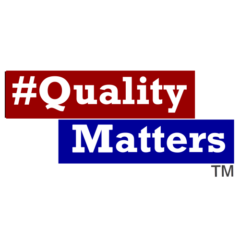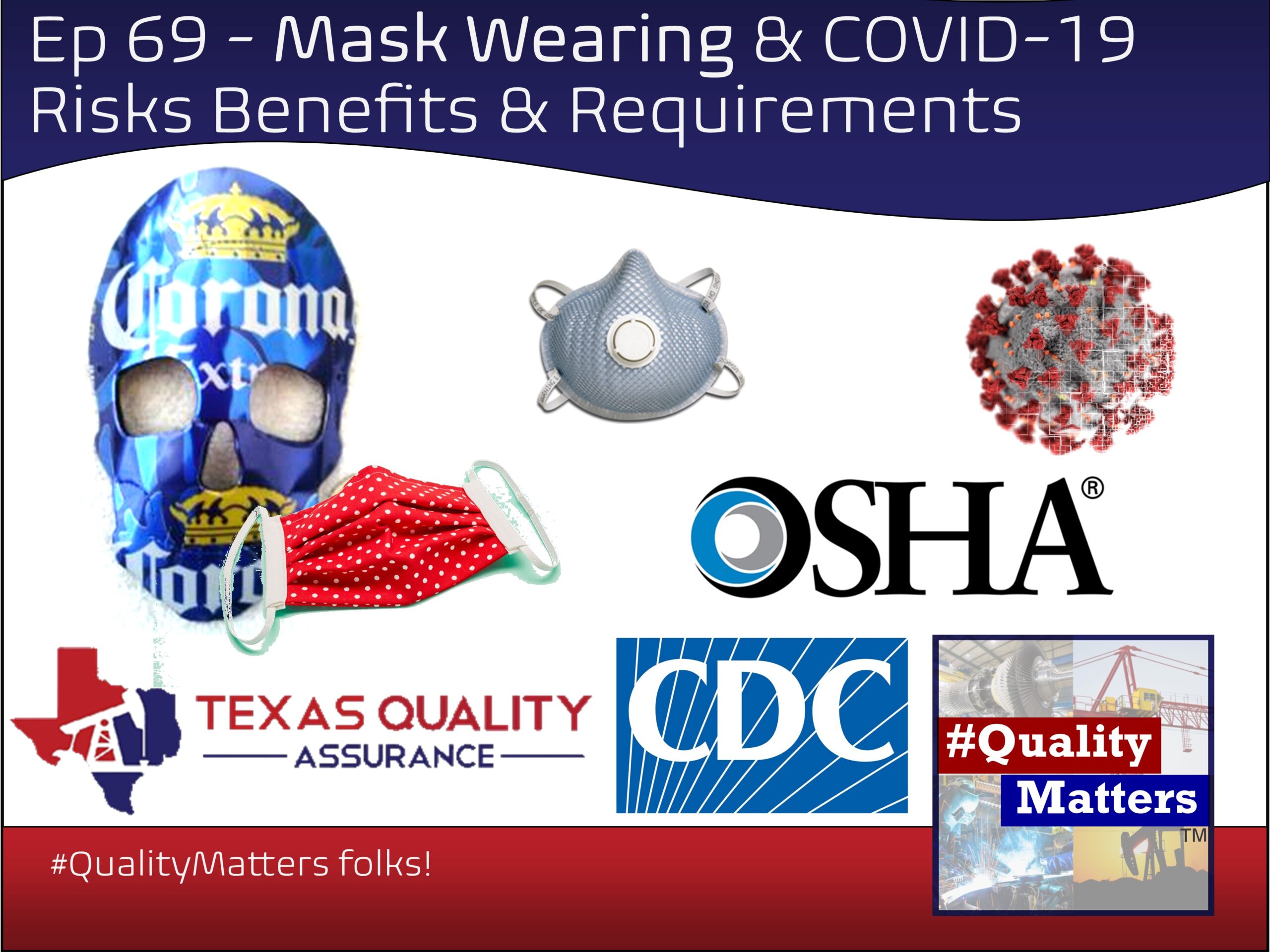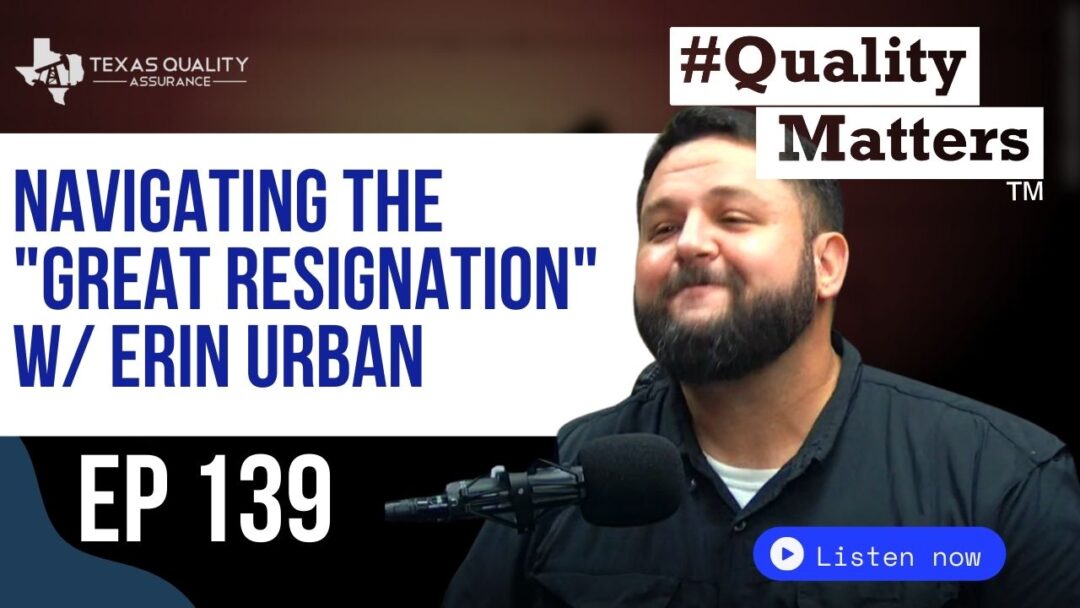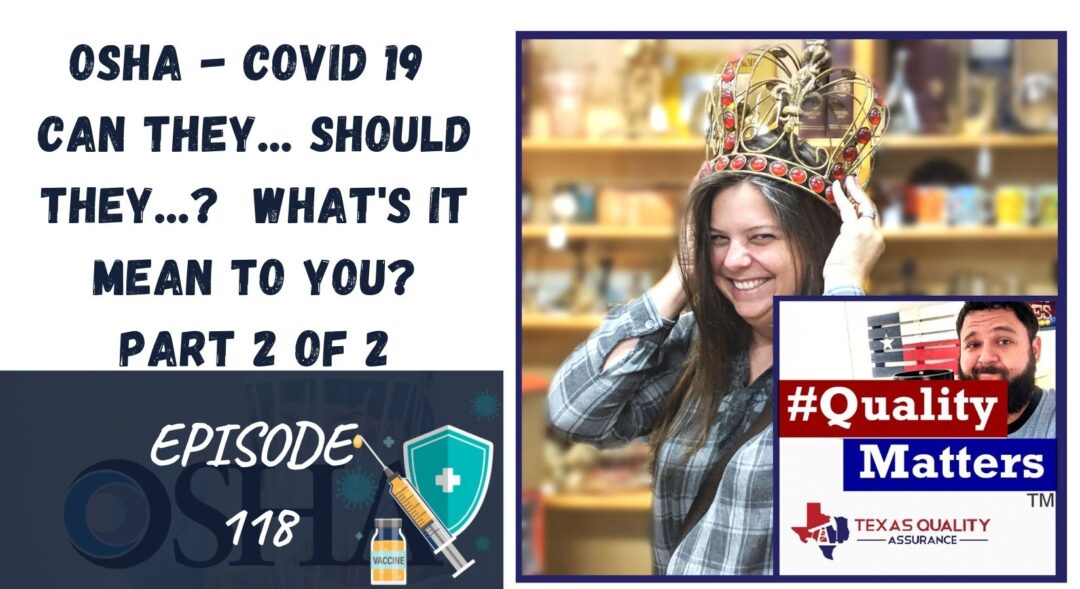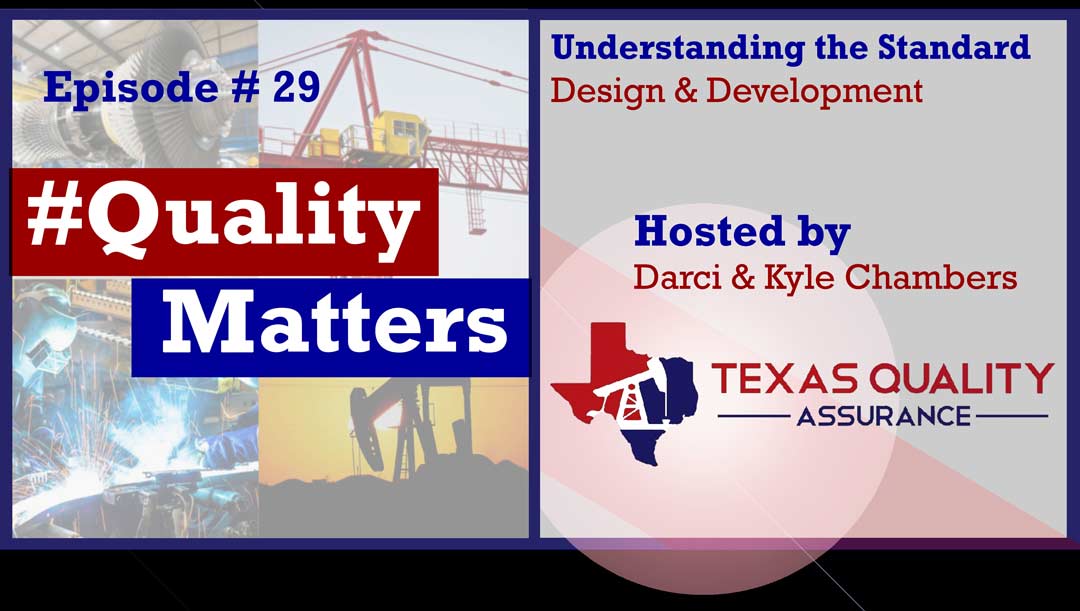Podcast: Play in new window | Download (Duration: 41:56 — 53.2MB) | Embed
Subscribe: Apple Podcasts | Spotify | Email | TuneIn | RSS | More
The title says it all folks, Mask Wearing & COVID-19 – Risks, Benefits & Requirements. What are risks and what are the OSHA requirements? Listen in as we discuss the very relevant topic of Covid-19 and the use of mask. In this episode, we review some literature from different sources assessing N95, P95, surgical masks, and cloth/fabric/cotton masks.
We are releasing today’s episode early in light of recent requirements in the state of Texas for masks in response to the COVID-19 pandemic and the recent increases seen in Texas.
Governor Abbott Establishes Statewide Face Covering Requirement, Issues Proclamation To Limit Gatherings
July 2, 2020 | Austin, Texas | Press Release
We start by sharing a rant from an OSHA 10 & 30 certified individual. He outlines the lack of efficacy of each category, N95, P95, surgical and cloth masks. He ends with the fact that not only are cloth masks not helpful, they could be more harmful.
Then, we go into an article from UC San Francisco arguing for masks. The men interviewed share theories as to why the CDC released confusing information, first saying masks should not be worn by the public, then saying they should. Later, they share evidence they believe supports the efficacy of masks.
Check out what the FDA has to say about masks here.
N95 Respirators, Surgical Masks, and Face Masks
The next piece of literature we discuss is from an Oxford Journal in 2010 where several different materials were tested to stop penetration of particles .5-1 micrometers in size. The Coronavirus is .125 micrometers. Sadly, the only mask that had an incredibly low penetration rate was the N95, which should not be worn by the public without a fit test and a pulmonary function test. The other types of masks tested were made of sweatshirt material (fleece) and t-shirt material (cotton).
Lastly, we discussed a graphic released by the CDC to help understand the difference between a surgical mask and a N95 respirator. By their specifications, neither is a good option for Covid-19 protection. The surgical mask is intended to protect the wearer from “large droplets, splashes, or sprays of bodily or other hazardous fluids” and is used in an already sterile environment. It “does NOT provide the wearer with a reliable level of protection from inhaling smaller airborne particles and is not considered respiratory protection.” The N95 does filter out particles, but must be properly fitted and donned and discarded immediately when, among many other things, it “becomes contaminated with…respiratory or nasal secretions…”
Our summary is that based on the CDC’s graphic alone, two of the three mask options to protect from Coronavirus are not beneficial. The last option, cloth/fabric/cotton, has been shown in other studies to have a high (70%+) penetration rate of particles bigger than the COVID-19 virus size, showing that’s not going to help either.
As the author of the OSHA rant closed, “If your mask gives you security to wear it, just know it is a false sense of security.”
Links to our reference articles
University of California San Francisco
https://www.ucsf.edu/news/2020/06/417906/still-confused-about-masks-heres-science-behind-how-face-masks-prevent
CDC Understanding the Difference
https://www.cdc.gov/niosh/npptl/pdfs/UnderstandDifferenceInfographic-508.pdf
Oxford Academic
https://academic.oup.com/annweh/article/54/7/789/202744
And for the post that started it all:
I am OSHA 10&30 certified. I know some of you are too. I don’t really know WHY OSHA hasn’t come forward and stopped the nonsense BUT
I wanna cover 3 things
• N95 masks and P95 masks with exhale ports
• surgical masks
• filter or cloth masks
Okay so upon further inspection OSHA says some masks are okay and not okay in certain situations.
If you’re working with fumes and aerosol chemicals and you give your employees the wrong masks and they get sick you can be sued.
• N95 masks and ported P95: are designed for CONTAMINATED environments. That means when you exhale through N95 the design is that you are exhaling into contamination. The exhale from P95 (ported) masks are vented to breathe straight out without filtration. They don’t filter the air on the way out. They don’t need to.
Conclusion: if you’re in Stewart’s and the guy with Covid has P95 mask his covid breath is unfiltered being exhaled into Stewart’s (because it was designed for already contaminated environments, it’s not filtering your air on the way out)
• Surgical Mask: these masks were designed and approved for STERILE environments. The amount of particles and contaminants in the outside and indoor environments where people are CLOGG these masks very Very quickly. The moisture from your breath combined with the clogged mask with render it “useless” IF you come in contact with Covid and your mask traps it You become a walking virus dispenser. Everytime you put your mask on you are breathing the germs from EVERYWHERE you went. They should be changed or thrown out every “20-30 minutes in a non sterile environment”
Cloth masks: today three people pointed to their masks as the walked by me entering Lowe’s. They said “ya gotta wear your mask BRO” I said very clearly “those masks don’t work bro, in fact they MAKE you sicker” the “pshh’d” me.
By now hopefully you all know CLOTH masks do not filter anything. You mean the American flag one my aunt made? Yes. The one with sunflowers that looks so cute? Yes. The bandanna, the cut up t-shirt, the scarf ALL of them offer NO FILTERING whatsoever. As you exhale you are ridding your lungs of contaminants and carbon dioxide. Cloth masks trap this carbon dioxide the best. It actually risks health. The moisture caught in these masks can become mildew ridden over night. Dry coughing, enhanced allergies, sore throat are all symptoms of a micro-mold in your mask.
Ultimate Answer: Ported P95 blows the virus into the air from a contaminated person and N95 holes are larger than the coronavirus and does not block particles that small. And most importantly, asymptomatic transmission is not happening anyway. (This is still up for debate.)
The surgical mask is not designed for the outside world and will not filter the virus upon inhaling through it. It’s filtration works on the exhale. (Like a vacuum bag it only works one way)
Cloth masks are WORSE than none.
The CDC wants us to keep wearing masks. The masks don’t work.
*Occupational Safety & Health Administration sited.
The top American organization for safety.
They regulate and educate asbestos workers, surgical rooms, you name it.
If your mask gives you security wear it, just know it is a false sense of security.
If stores stopped enforcing it no one would continue this nonsense.
==============================
If work requires you to wear a mask, OSHA requires that your employer verifies you are receiving the minimum of 19.5% oxygen level by law! Are your oxygen levels being monitored while at work? Are you experiencing dizziness and headaches? This is a written law NOT a recommendation! I guarantee if employees started citing law and demanding their employers follow the law then the masks would go away!

https://www.osha.gov/laws-regs/regulations/standardnumber/1910/1910.134
Learn more about #QualityMatters & Texas Quality Assurance :
LinkedIn | Facebook | Twitter | Instagram | YouTube
www.qmcast.com | Texas Quality Assurance
